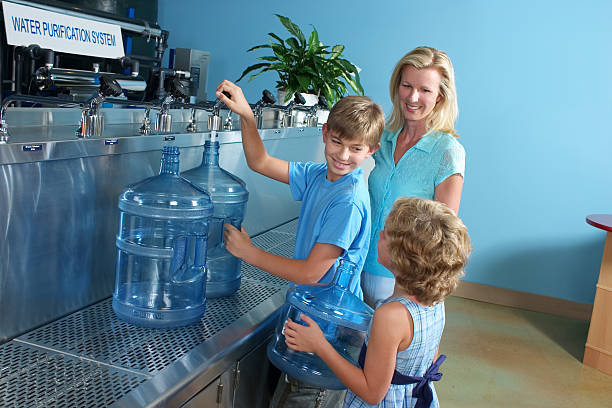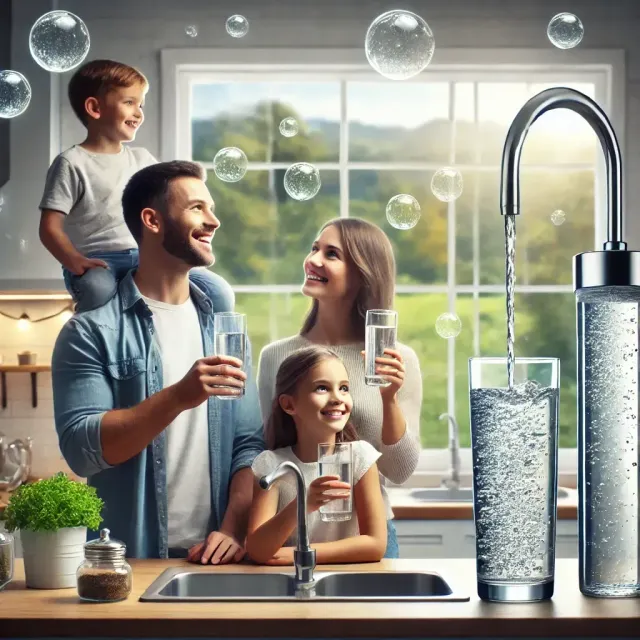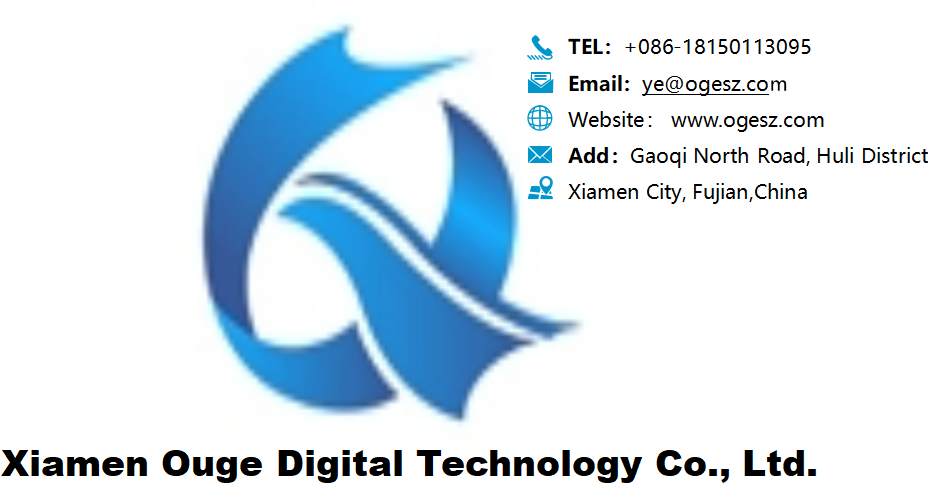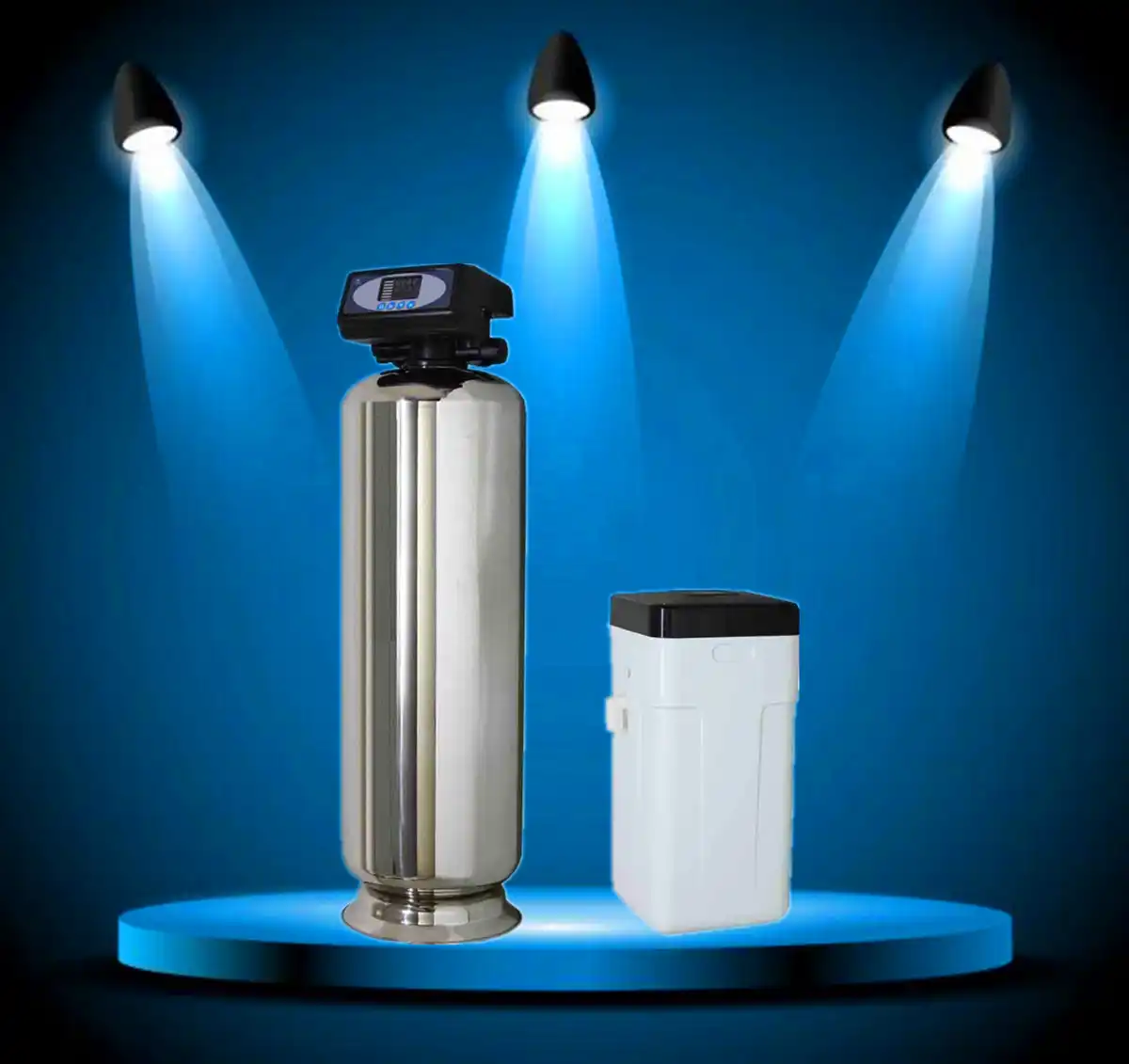Why bother with water purifiers when bottled water is so convenient?
For years, bottled water has been synonymous with convenience. Yet in recent times, an increasing number of households have opted to install water purifiers. Is this a sign of consumer upgrading, or a deeper pursuit of healthier drinking water? Today, we delve into the matter of bottled water versus water purifiers.

When I came across that study in the Proceedings of the National Academy of Sciences, my hand shook so violently I nearly dropped my glass. The data was utterly staggering! Each litre of bottled water harbours a staggering 240,000 plastic microbeads! These particles are 70 times finer than a strand of hair, capable of penetrating intestinal cells and travelling through blood vessels to the heart and brain. Even more alarming, experiments on mice revealed these particles breach the blood-brain barrier within two hours. Prolonged consumption could genuinely lead to neurological disorders!
You might not believe it, but boiled tap water is actually safer than bottled water! Research by Guangzhou Medical University shows that when water is boiled, 84% of microplastics settle out with the limescale. I conducted my own experiment: boiling filtered water from a purifier and bottled water in separate glass cups. After boiling, the bottled water left a thick layer of white scale coating the pot's base, requiring daily scraping with a spatula. The purified water, however, left virtually no residue!
The Hidden Costs and Health Concerns of Bottled Water
Bottled water initially appears convenient—ready to use immediately, requiring no installation, with low upfront costs (water dispensers cost around £10-£50). Yet its inconveniences and potential risks are often overlooked:
• Health risks should not be underestimated: Once opened, bottled water has a very short shelf life, ideally consumed within three days to prevent bacterial growth. Water dispensers connected to these bottles can become breeding grounds for bacteria if not properly cleaned. Furthermore, some substandard water bottles may contain harmful substances like plasticisers, while the cleanliness and disinfection of reused bottles are difficult to guarantee.
• Long-term costs are substantial: A single barrel (approximately 18.9 litres) costs between 10 and 30 yuan. For an average household, the annual expense of long-term consumption can reach 3,600 to 6,000 yuan, representing a significant ongoing expenditure.
• Reduced convenience: Replacing water requires physical effort, posing challenges for the elderly and women. During peak usage periods, households may face water shortages or the inconvenience of waiting for deliveries.
• Environmental burden: Each household may consume 50–100 plastic containers annually. While some are recyclable, this still places significant pressure on the environment.
Test Results:
National standard for total bacterial count in drinking water: 100
Total bacterial count in newly opened bottled water via water dispenser: 4
Total bacterial count in bottled water via water dispenser after three days: 910
Total bacterial count in bottled water via water dispenser after three days, post-heating: Not detected
Non-dispenser water: Total bacterial count after three days: 72
Municipal tap water: Total bacterial count: 1
Still exceeds municipal tap water bacterial levels

Water Purifiers: The ‘Long-Term Approach’ for Drinking Water
In contrast, while water purifiers require an initial investment (with equipment prices ranging from hundreds to tens of thousands of yuan), their value lies in long-term benefits:
• Health and peace of mind: Water purifiers (particularly reverse osmosis systems) effectively filter bacteria, heavy metals, residual chlorine and other impurities from tap water. This enables fresh, on-demand drinking water, eliminating secondary contamination risks from storage and transportation.
• Long-term cost-effectiveness: While initial purchase and installation costs are higher, ongoing expenses primarily involve regular filter cartridge replacements (averaging £30-£100 annually). Over three years of use, the total cost typically falls below that of bottled water.
• True convenience: Instant access without stockpiling, swapping, or waiting for deliveries. Under-sink designs, in particular, save space, making drinking water as simple as turning on the tap.
• Eco-friendly choice: Significantly reduces plastic bottle usage and waste.
How to choose? Consider your needs and circumstances
There is no single best product, only the most suitable choice. Decide based on your situation:
• Households recommended for water purifiers:
◦ Prioritise long-term health and water safety.
◦ Larger households (3+ members), where long-term use proves more economical.
◦ Poor local tap water quality (e.g., high hardness, unpleasant odours).
◦ Households with sensitive individuals such as infants or the elderly.
◦ Those seeking the convenience of instant filtration and drinking, without frequent water changes or waiting times.
• Potential scenarios where bottled water may be suitable:
◦ Short-term temporary use, such as during transitional periods in rented accommodation.
◦ Locations with few water users.
◦ As an emergency backup water source.
Health Risks Associated with Bottled Water
Bottled water poses health hazards: bacterial contamination, excessive chemical levels, plastic leaching harmful substances, and inadequate dispenser cleaning. Long-term consumption may adversely affect health.
Safe Drinking Water Tips
Select reputable brands of bottled water to ensure water quality safety. Regularly clean water dispensers: monthly during summer, quarterly during winter. Consume within 7-10 days after opening. Use certified dispensers and store away from light.
Summary:
While bottled water offers initial convenience, water purifiers establish a continuous, stable, and controllable safeguard for household drinking water. They deliver not only enhanced water quality but also an upgrade in living standards—providing peace of mind, labour savings, space efficiency, and greater long-term cost-effectiveness.
Should you have concerns about your household water quality or wish to learn more about selecting suitable water purification equipment, please feel free to consult us at any time for professional guidance.

 Reverse Osmosis Technology for Wastewater Treatment: Understanding How RO Systems Operate
Reverse Osmosis Technology for Wastewater Treatment: Understanding How RO Systems Operate
 The “Magic” of Turning Seawater into Freshwater: Unveiling the Core Secrets of Reverse Osmosis Technology
The “Magic” of Turning Seawater into Freshwater: Unveiling the Core Secrets of Reverse Osmosis Technology
 How to Choose Reliable Central Water Filtration and Water Softening Systems? Most People Get It Wrong!
How to Choose Reliable Central Water Filtration and Water Softening Systems? Most People Get It Wrong!
 In rural areas, where groundwater from wells is the primary water source, is it truly necessary to install water purification equipment?
In rural areas, where groundwater from wells is the primary water source, is it truly necessary to install water purification equipment?